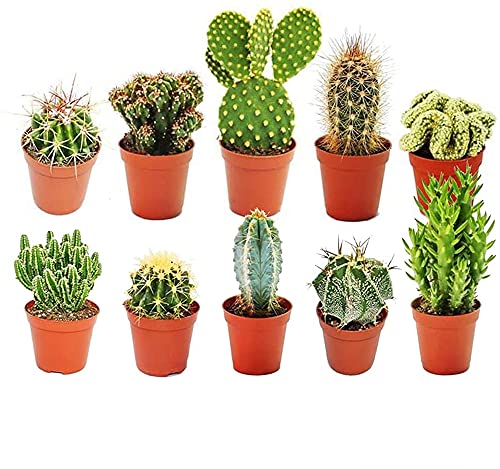Cacti are known for their ability to survive in harsh environments, making them a popular choice among plant enthusiasts. However, like all living things, they are prone to diseases that can affect their growth and survival. In this article, we will explore some of the most common diseases that affect cacti and how to prevent and treat them.
Cacti Mealybug
The cacti mealybug is one of the most common diseases affecting cacti. These tiny insects feed on the sap of cacti, causing stunted growth, yellowing leaves, and deformation of the plant. They also secrete a sticky substance known as honeydew which attracts ants and encourages the growth of black mold. To prevent or treat this disease, inspect your cacti regularly, and isolate any infected plants. You can also remove the mealybugs from your plant using a cotton swab soaked in alcohol.
Rust Disease
Rust disease is a fungal infection that often affects prickly pear cacti. The disease manifests as reddish-brown rust-colored spots on the plant. Over time, the affected areas become brittle and crack. The fungus can spread through wind and rain and can infect nearby plants. Poor air circulation, high humidity, and overwatering can increase the likelihood of rust disease. To treat this disease, remove any affected areas with a sterilized tool and dispose of them away from healthy plants. You can also apply a fungicide to prevent further spread.
Bacterial Soft Rot
Bacterial soft rot is a bacterial infection that affects cacti, especially those that have been overwatered or have poor drainage. The disease manifests as a softening of the plant tissue, followed by collapse and wilting of the plant. The bacterium can also emit a foul odor. To prevent this disease, avoid overwatering your cacti and make sure the soil is well-draining. To treat bacterial soft rot, remove any infected areas and allow the soil to dry out. You can also apply a fungicide to prevent further spread.
Cactus Anthracnose
Cactus anthracnose is a fungal infection that affects cacti, particularly during humid weather. The disease manifests as sunken spots or lesions on the plant’s surface, which eventually become discolored and dry. The fungus can spread rapidly and cause the leaves to fall off. To prevent this disease, avoid overcrowding your cacti and keep the area around them clean. You can also apply a fungicide to prevent further spread. To treat cactus anthracnose, remove any affected areas and dispose of them away from healthy plants.
Cacti are hardy plants that can survive in challenging conditions, but they are not invincible. Regular inspection, proper watering, and treatment are essential to prevent and control diseases that could affect their growth and survival. By following the tips outlined in this article, you can keep your cacti healthy and vibrant.






